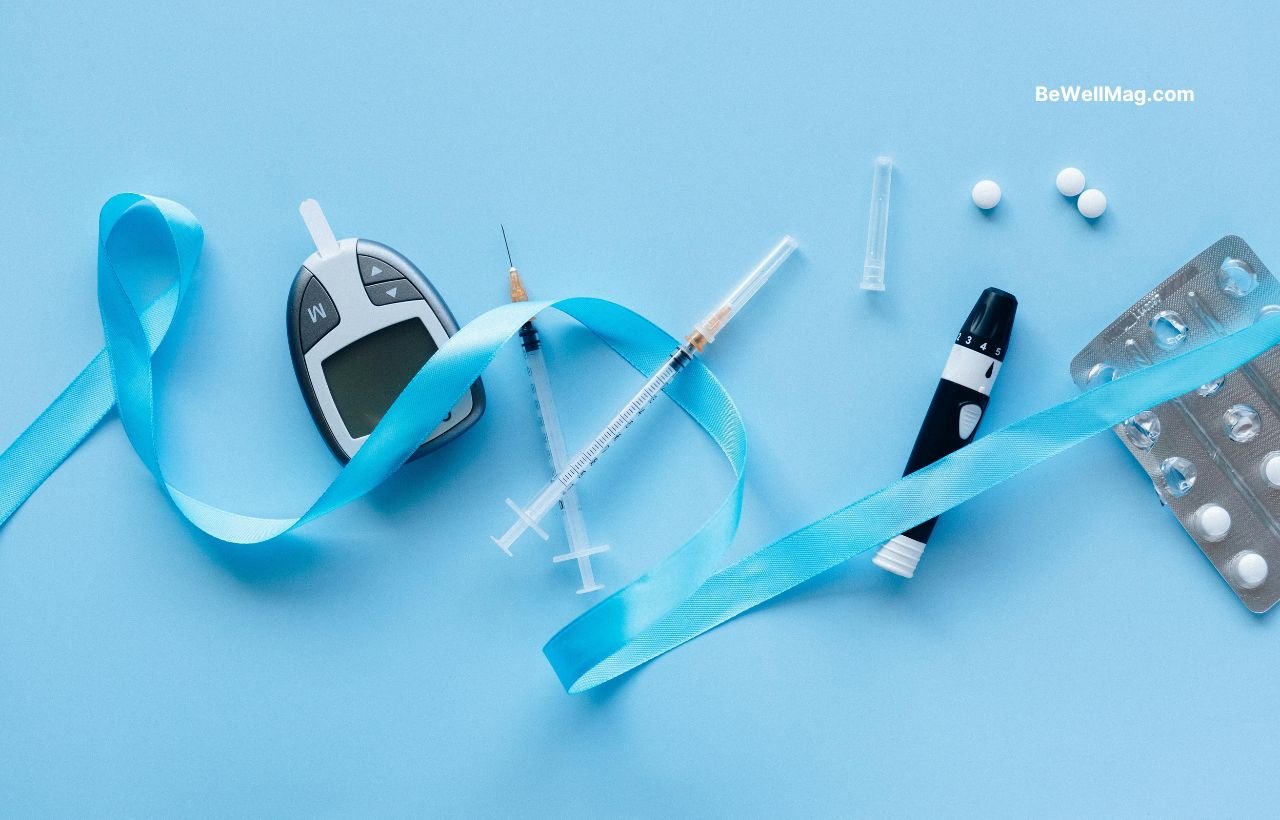Now Reading: Diabetes & Early Death: Hidden Risks You Need to Know
- 01
Diabetes & Early Death: Hidden Risks You Need to Know

Diabetes & Early Death: Hidden Risks You Need to Know
Uncover hidden dangers of uncontrolled diabetes. Explore life-threatening complications and practical tips to manage blood sugar for a healthier, longer life.
Table of Contents
Diabetes affects millions of lives every day. Yet for many, its dangers aren’t fully understood until complications arise. In this post, we’ll explore Diabetes & Early Death: Hidden Risks You Need to Know. We’ll dive deep into what diabetes is, its symptoms, a range of complications—including after a liver transplant—and discuss prevention strategies. Let’s embark on this journey with warmth and clarity, empowering you with the knowledge to safeguard your future.
What Is Diabetes?
Diabetes is a chronic condition where the body struggles to produce enough insulin or can’t use it effectively. Insulin, a hormone produced by the pancreas, plays a crucial role in controlling blood sugar. When diabetes isn’t managed properly, blood sugar levels rise, and over time, this can cause significant damage to your heart, kidneys, nerves, and other organs. Understanding your body’s relationship with insulin is the first step toward effective management and prevention of serious complications.
Symptoms of Diabetes
Recognizing diabetes early is vital. Some common symptoms include:
- Increased Thirst and Frequent Urination: Excess sugar in the blood draws fluids from tissues.
- Fatigue: A lack of energy due to the body’s inability to use glucose effectively.
- Blurred Vision: High blood sugar can lead to swelling in the lenses of your eyes.
- Slow-Healing Wounds: Poor circulation and nerve damage can delay the healing of cuts or sores.
- Unexplained Weight Loss: Despite eating normally, the body may start burning fat and muscle for energy.
These signs can be subtle at first, so regular check-ups and open communication with your healthcare provider are key.
The Deadliest Consequences of Diabetes
1. Cardiovascular Complications
Excessive blood sugar weakens the integrity of your blood vessels, accelerating plaque formation—a primary cause of heart disease and stroke. Think of your arteries as vital highways. When these highways become clogged, the flow of life-sustaining blood slows down, increasing the risk of heart attacks that can abruptly end a life.
2. Kidney Failure
Your kidneys filter toxins and regulate essential bodily functions. Constant high blood sugar strains these organs, leading to chronic kidney disease (CKD) and, in severe cases, kidney failure. Once kidney function deteriorates beyond a certain point, treatments like dialysis or even kidney transplantation may become necessary, drastically affecting one’s quality of life and longevity.
3. Diabetic Ketoacidosis (DKA)
When insulin is in short supply, the body starts converting fat into energy. This process produces ketones—acidic compounds that quickly accumulate in the bloodstream. DKA is a medical emergency that can take hold in hours, causing symptoms such as nausea, rapid breathing, and confusion. Without swift intervention, DKA can become fatal.
4. Nerve Damage and Increased Risk of Infections
Persistent high blood sugar can also damage the nerves, particularly in the extremities. Nerve damage, or neuropathy, means that even minor injuries might go unnoticed. This leads to an elevated risk of infections, which in severe cases may result in amputations or systemic infections that challenge the body’s defenses.care.
Diabetes After a Liver Transplant: How Often Does It Happen?
Liver transplants, while life-saving, can sometimes bring new challenges. For many patients, the post-transplant period comes with an unexpected risk: developing diabetes. Often referred to as new-onset diabetes after transplant (NODAT), this condition can occur in a significant number of patients. Factors such as the stress of surgery, the side effects of immunosuppressive medications, and pre-existing metabolic conditions contribute to this risk.
Some studies suggest that anywhere from 20% to 40% of liver transplant recipients may experience diabetes in the months following their procedure. Understanding this risk helps in monitoring and managing blood sugar levels even after a transplant.
How to Prevent Diabetes Complications Before They Start
The good news is that many diabetes complications can be prevented or delayed with proactive care. Here are some practical tips:
- Regular Monitoring: Checking your blood sugar daily helps you catch trends early. It’s a small commitment with big payoffs.
- Balanced Diet & Exercise: Embracing a nutritious diet and regular physical activity strengthens your heart, improves insulin sensitivity, and helps maintain a healthy weight.
- Routine Medical Check-Ups: Keep up with scheduled visits to detect early signs of complications. Your healthcare provider is your partner in this journey.
- Stress Management: Techniques like mindfulness, meditation, or even a brisk walk can help manage stress, which is often linked to blood sugar fluctuations.
- Educate Yourself: Knowledge is power. The more you know about your condition, the better you can tailor your lifestyle and treatment effectively.
Each positive step you take reduces the chances of severe complications and, ultimately, early death.
How Many Lives Are Lost to Diabetes Each Year?
The statistics are sobering. Diabetes complications are a leading cause of death worldwide. In many regions, thousands of people lose their lives each year due to complications such as cardiovascular disease, kidney failure, and severe infections stemming from nerve damage. While numbers can vary by country and population, it’s clear that uncontrolled diabetes contributes significantly to premature mortality. This reality should serve as a call to action for individuals and healthcare systems alike to implement better management and prevention strategies.
Key Takeaways
- Know the Basics: Understanding what diabetes is and recognizing its symptoms early is vital.
- Stay Alert to Complications: Heart disease, kidney failure, DKA, nerve damage, and even complications post-liver transplant are serious risks.
- Prevention Is Possible: Consistent monitoring, a healthy lifestyle, and regular doctor visits can prevent or delay many complications.
- Act Now: Early intervention is key to reducing the risk of early death from diabetes complications.
Conclusion
The hidden risks of diabetes extend far beyond daily challenges. Diabetes & Early Death: Hidden Risks You Need to Know is not just a title—it’s a reminder that every decision, from monitoring your blood sugar to choosing a heart-healthy meal, plays a crucial role in your long-term well-being. By understanding what diabetes is, recognizing its symptoms, and taking proactive steps to manage it, you can mitigate the deadly complications and improve both the quality and length of your life. Stay informed, take action, and never hesitate to lean on your healthcare team for guidance.
Disclaimer: This blog post is for informational purposes only and should not be considered professional or medical advice. Always consult your healthcare provider for personalized guidance tailored to your circumstances.











